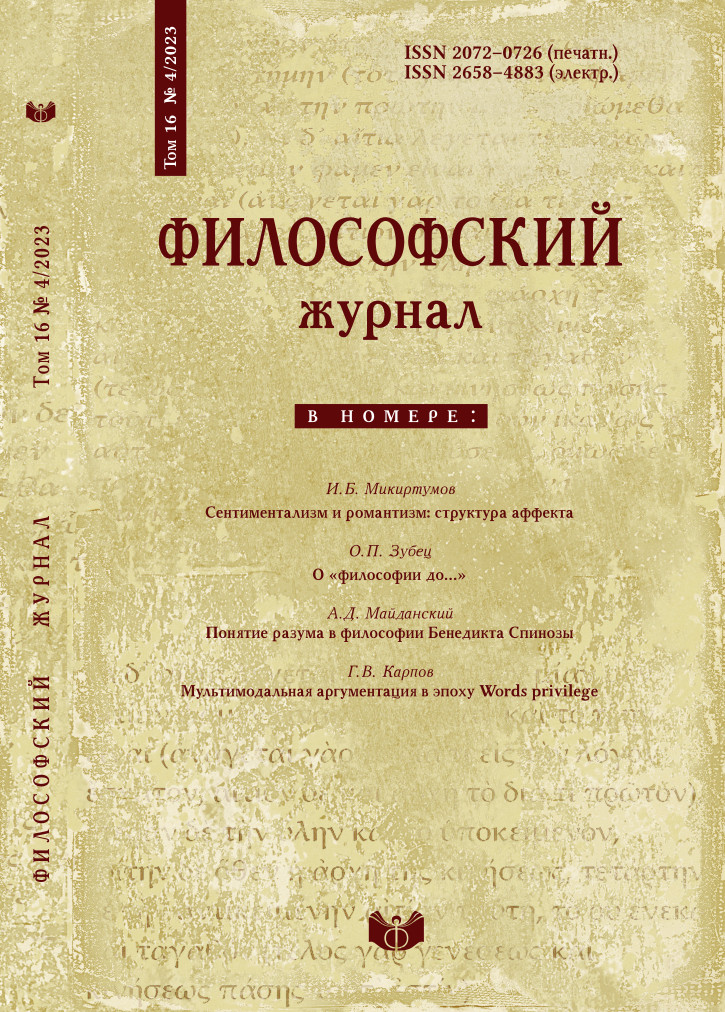How did Iamblichus select Plato’s dialogues for his Canon?
DOI:
https://doi.org/10.21146/2072-0726-2023-16-4-106-123Keywords:
Iamblichus of Chalcis, Canon of Iamblichus, Plato, dialogue, commentary, hierarchy, myth, Neoplatonism, history of philosophyAbstract
Iamblichus of Chalcis, one of the most prominent Neoplatonists of the third – fourth centuries AD, introduced a list of twelve principal Plato’s dialogues that should have been compulsory studied by his disciples. This list was called the Canon of Iamblichus. However, the survived Iamblichus’ writings contain no information on the Canon; and later Neoplatonists provide very scant mentions on the subject. It is the sole anonymous manuscript of the sixth century that counts twelve dialogues in the Canon and lists each of them matching with the hierarchy of virtues. Nonetheless, Iamblichus seems to be less interested in the doctrine of virtues. Moreover, given the hierarchic order of virtues, one cannot explain why ‘political’ virtues correspond to the Gorgias and not to the Statesman or the Republic. To discover the reason for selection of particular Plato’s dialogues for the Canon, I analyzed the general assessments of the dialogues by later Neoplatonists. The analysis reveals that every of the first ten dialogues contains a particular mythological story with a featured character, who plays the role of a Demiurge. The collected evidence argues that the principal selection criterion for Iamblichus was the mythologic kernel of each dialogue. Moreover, Iamblichus’ Canon presupposes that the first ten dialogues form a common mythological narrative, a kind of an integral meta-myth of Plato’s philosophy.






